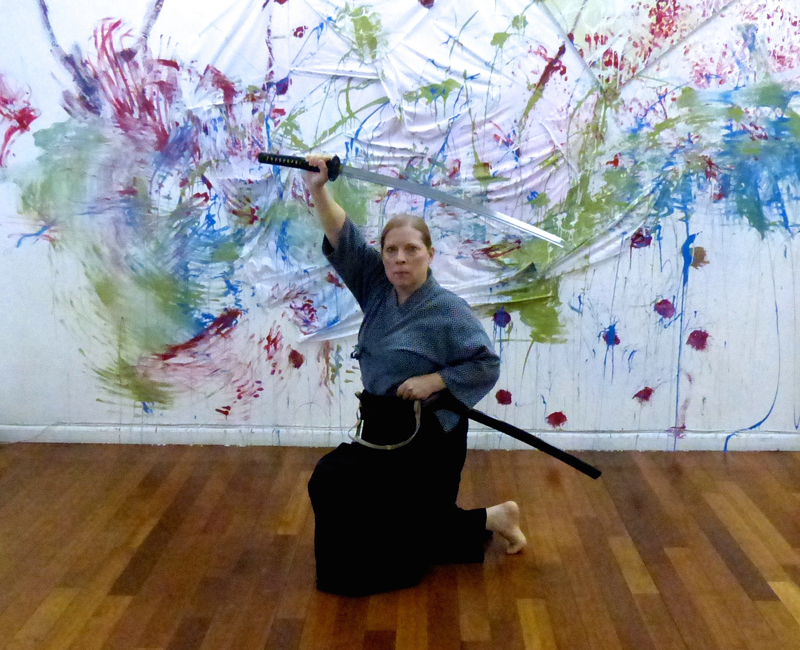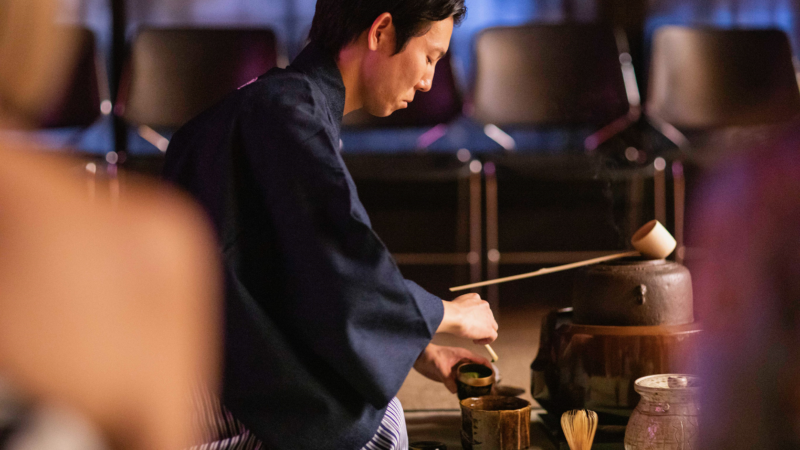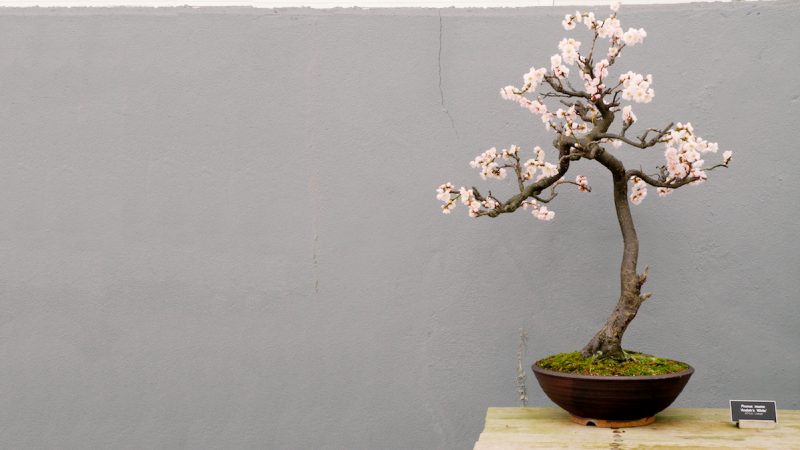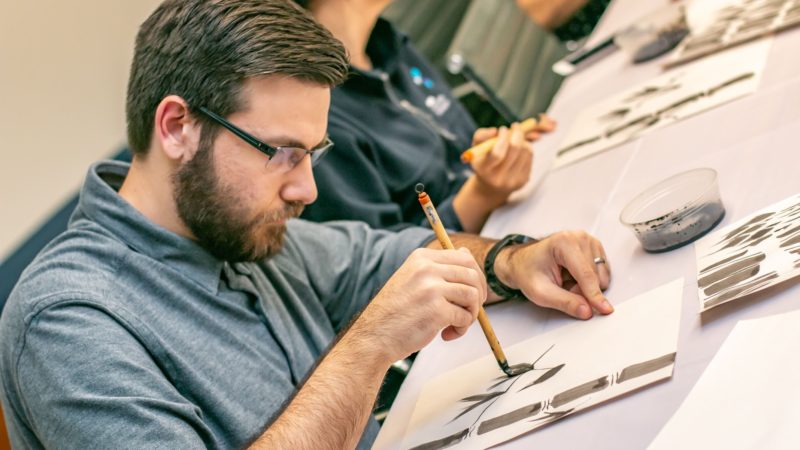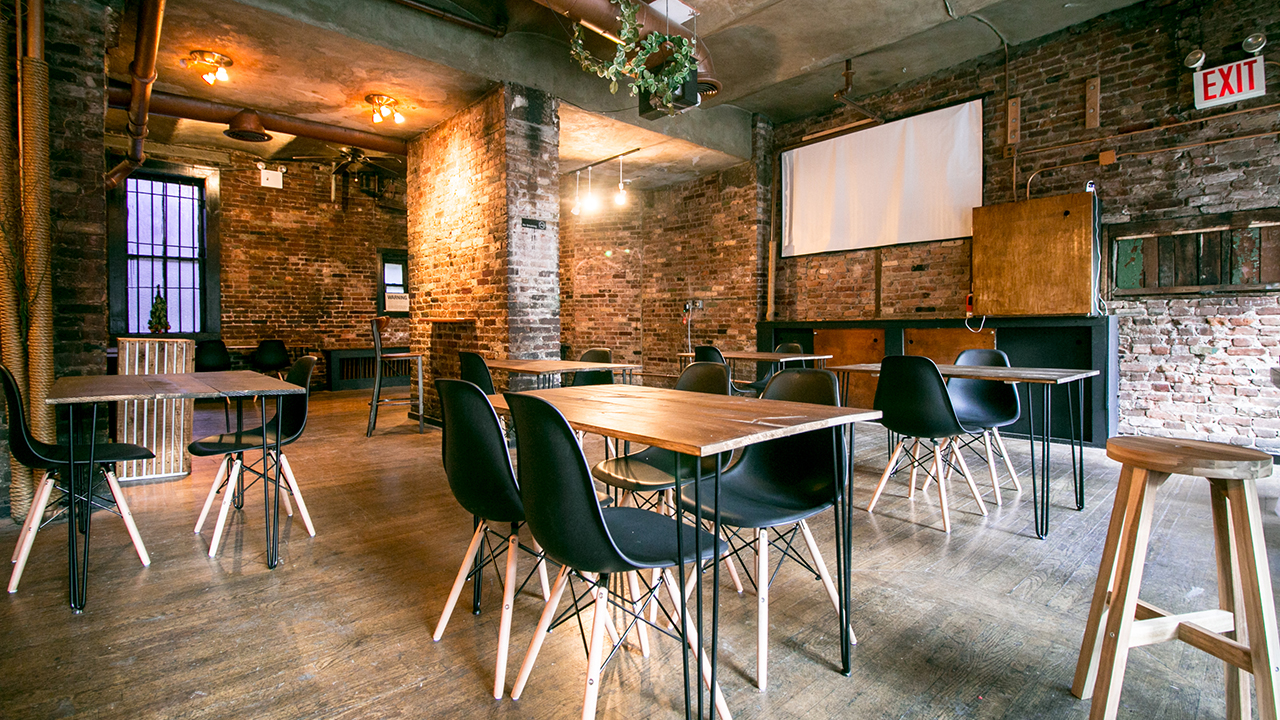09.10.2014 ◆ Deborah Klens-Bigman
Japanese swordsmanship training consists of kata. There is never any free-sparring, not even with wooden swords. Some contemporary martial artists, including the legendary Bruce Lee, have derided kata as being stiff and impractical. These guys say that unless you can see the immediate result of a technique in a sparring situation, you have no real idea of whether the technique is effective or not. Some art forms, like judo, have all but forgotten judo kata in favor of the technique-and-sparring approach. But Kano Jigoro, the founder of Kodokan Judo, once said that if students wanted to see real judo, they should go to his women’s classes, where only kata was taught. Clearly Kano saw the value of both kata and sparring.
In Japanese sword, there is no free-sparring for a very good reason – it is simply too dangerous. One could argue that in the Edo period, the “free sparring” component could have been made up with actual duels, but, though I have no statistics on this, I think the actual possibility of dueling was fairly remote for most samurai. Some freestyle sparring existed with wooden swords (in spite of the inevitable injuries – in fact, they were more like duels than matches), safety equipment was introduced, and the modern sport of kendo was developed. Though many people practice both swordsmanship and kendo, however, even a casual observer has to agree that there is virtually no similarity between the two. For example, in kendo, in order to score, you must strike an area protected by the kendo bogu – off-targets to unprotected places result in no score. In actual swordsmanship, you would be looking to attack places not protected by armor or padding. As worthy as both practices may be, the kata learned in Japanese swordsmanship has no bearing on kendo technique, and vice versa.
What does kata training in Japanese swordsmanship do then? Like all technique training kata gives you tools – techniques that can be drawn upon (though modern uses for these techniques are not the same as in the Edo period, and their current worth will be the subject of some later post). All Japanese sword kata include a scenario. In Japanese, this is called bunkai. Very often bunkai is defined in English as “application (of technique),” but this is a very superficial definition. Take, for example, the bunkai for the Muso Shinden ryu sword kata Ryuto. The swordsman is sitting, probably outside, possibly in semi-dark, when the attacker approaches from the left. The left side is somewhat vulnerable, as the sword is drawn and used mostly to the center and on the right. The attacker cuts to the head of the swordsman, who draws, keeping the sword on the left, and wards off the cut. He then steps away, repositions the sword, and cuts to the attacker’s left side before the attacker can retreat.
Aside from the specific techniques, the swordsman learns to courageously and patiently wait for the attacker to move. If the swordsman reacts too soon, the attacker will change to some unforeseen tactic which the swordsman may not be able to counter. In this case, the swordsman has a plan. He has set a trap and waits for the attacker to move in order to spring it.
Not every kata has defensive bunkai, but all of them involve a plan of some sort. The more kata she learns, the more variations the practitioner can handle. So much for the argument that kata are rigid, meaningless and overly formal.
